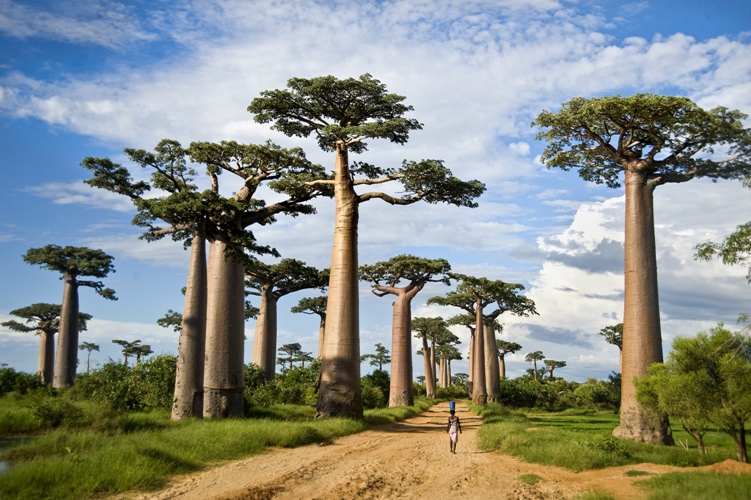
The true giants of the African bush
Life Desk
Published:29 May 2021, 10:54 AM

The true giants of the African bush
A symbol of life on the African plains, the giant baobab belongs to the genus Adansonia, a group of trees consisting of nine different species.
Of the nine species, six are native to Madagascar, two are native to mainland Africa and the Arabian Peninsula, and one is native to Australia. Baobab trees are the true giants of the African bush. Their distinctive silhouettes loom over the acacia scrubland, with Medusa-like branches spreading chaotically above a bulbous body. It was introduced in ancient times to south Asia and during the colonial era to the Caribbean. The lifespan of the baobab is very long. There are many specimens over 1,000 years old. One in South Africa was dated at around 6,000 years old.
Widely known as the Tree of Life, a single tree can hold up to 1,189 gallons of the precious liquid, while the hollow center of an old baobab also provides valuable shelter. Bushmen used to rely on the trees as a source of water when the rains failed. The tree’s fruits are large pods known as ‘monkey bread’ or ‘cream of tartar fruit’ and are rich in vitamin C. It has a somewhat acidic flavour, described as ‘somewhere between grapefruit, pear and vanilla’. The tree played a role in Antoine De Saint-Exupéry’s fictional children’s book, The Little Prince. There, baobabs are described as dangerous plants which must be weeded out from the good plants, less they overcome a small planet and even break it to pieces.